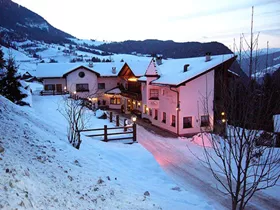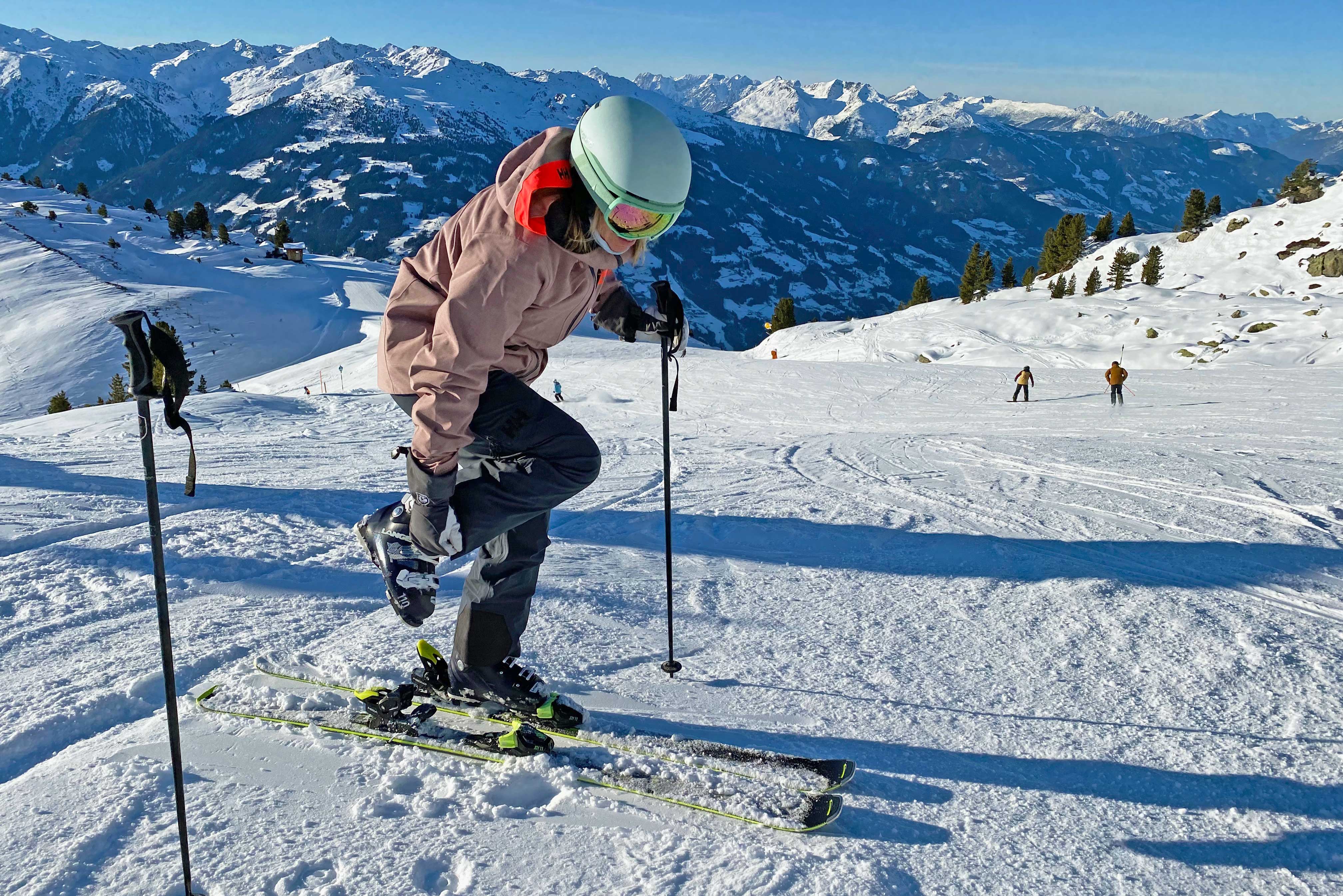
Every winter, millions of people flock to the European Alps on a ski holiday in search of the thrills and feeling of freedom they get up on the slopes. Winter sports are considered to be a relaxing but at the same time, exhilarating activity and a pure pleasure to be enjoyed with family and friends. When we think of winter sports, we often neglect cross-country skiing and put it aside as being too placid and not exciting enough! However, this seemingly low-key sport is a bit of a dark horse! Read on to find out about the benefits and challenges of cross-country skiing and maybe you’ll be convinced to have a go…
Take the leap – you really won’t regret it!
Skiing has never stopped evolving and will surely carry on evolving until who knows what kind of skis we will have attached to our feet! Today, everyone can learn to thrive on the slopes at their own pace, choosing the type of skiing that suits him. Skiers have the opportunity to try different types of skiing including attempting the transition between downhill and cross-country skiing. Cross-country skiers get the chance to explore areas of the mountains that no-one else has access to. A particularly popular activity among seniors, due to its relative safety level compared to downhill skiing, cross-country skiing however requires good stamina and persistent breathing and can, therefore, be a challenge for the youngest, fittest downhill skier. Unlike downhill skiing, the heel of the ski shoe is not attached to the ski offering much greater freedom of movement. So if you’re tired of packed slopes and noisy cable cars in the more popular ski resorts in France, Austria and Switzerland, then maybe it’s time to take the leap!
Cross-country skiing is great exercise
Although cross-country skiing may not seem quite so glamorous as downhill skiing, it has an undeniable advantage: it is an excellent all-round form of exercise. This winter sport solicits all the body’s muscles in a regular and sustained way and helps to improve the functioning of the cardiovascular and respiratory system. A cross-country skier uses his or her arms much more than a downhill skier! Just like swimming, cycling or walking, cross-country skiing requires strong and solid legs and a healthy heart but each skier is free to choose the intensity level of the exercise. Also called "Nordic" skiing, depending on the terrain, this type of skiing is akin to Nordic walking.
Be at one with nature
In addition to the benefits for ones health, the practice of cross-country skiing is the perfect opportunity to admire the beautiful scenery with the knowledge that you really only leave your tracks in the snow – cross-country skiing has very little effect on the environment.
And even more benefits
Add the pleasure and conviviality of this winter sport and the fact that is it cheaper and it becomes even more attractive! Very often, no ski pass is required, equipment is cheaper to rent and cross-country ski clothing is less expensive!
The importance of preparation
It is advisable to be well prepared in order to switch from downhill to cross-country skiing. To prevent accidents, it is important to know your limits and not neglect the fact that cross-country skiing is still a very demanding sport. Nutrition and hydration before embarking on the trails and circuits is just as important as for any other sport. Modern, well-maintained equipment, proper physical preparation and preparatory courses are the keys to a successful conversion. Enjoy!
Every winter, millions of people flock to the European Alps on a ski holiday in search of the thrills and feeling of freedom they get up on the slopes. Winter sports are considered to be a relaxing but at the same time, exhilarating activity and a pure pleasure to be enjoyed with family and friends. When we think of winter sports, we often neglect cross-country skiing and put it aside as being too placid and not exciting enough! However, this seemingly low-key sport is a bit of a dark horse! Read on to find out about the benefits and challenges of cross-country skiing and maybe you’ll be convinced to have a go…
Take the leap – you really won’t regret it!
Skiing has never stopped evolving and will surely carry on evolving until who knows what kind of skis we will have attached to our feet! Today, everyone can learn to thrive on the slopes at their own pace, choosing the type of skiing that suits him. Skiers have the opportunity to try different types of skiing including attempting the transition between downhill and cross-country skiing. Cross-country skiers get the chance to explore areas of the mountains that no-one else has access to. A particularly popular activity among seniors, due to its relative safety level compared to downhill skiing, cross-country skiing however requires good stamina and persistent breathing and can, therefore, be a challenge for the youngest, fittest downhill skier. Unlike downhill skiing, the heel of the ski shoe is not attached to the ski offering much greater freedom of movement. So if you’re tired of packed slopes and noisy cable cars in the more popular ski resorts in France, Austria and Switzerland, then maybe it’s time to take the leap!
Cross-country skiing is great exercise
Although cross-country skiing may not seem quite so glamorous as downhill skiing, it has an undeniable advantage: it is an excellent all-round form of exercise. This winter sport solicits all the body’s muscles in a regular and sustained way and helps to improve the functioning of the cardiovascular and respiratory system. A cross-country skier uses his or her arms much more than a downhill skier! Just like swimming, cycling or walking, cross-country skiing requires strong and solid legs and a healthy heart but each skier is free to choose the intensity level of the exercise. Also called "Nordic" skiing, depending on the terrain, this type of skiing is akin to Nordic walking.
Be at one with nature
In addition to the benefits for ones health, the practice of cross-country skiing is the perfect opportunity to admire the beautiful scenery with the knowledge that you really only leave your tracks in the snow – cross-country skiing has very little effect on the environment.
And even more benefits
Add the pleasure and conviviality of this winter sport and the fact that is it cheaper and it becomes even more attractive! Very often, no ski pass is required, equipment is cheaper to rent and cross-country ski clothing is less expensive!
The importance of preparation
It is advisable to be well prepared in order to switch from downhill to cross-country skiing. To prevent accidents, it is important to know your limits and not neglect the fact that cross-country skiing is still a very demanding sport. Nutrition and hydration before embarking on the trails and circuits is just as important as for any other sport. Modern, well-maintained equipment, proper physical preparation and preparatory courses are the keys to a successful conversion. Enjoy!
















